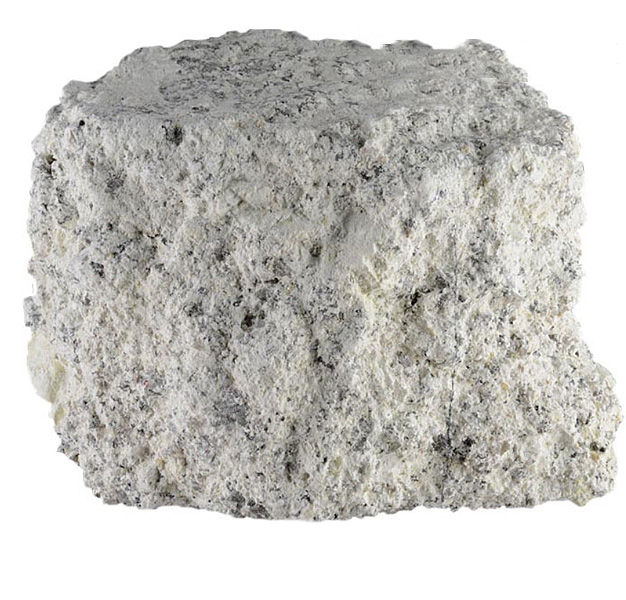
Fact sheet
This sample is part of a sedimentary xenolith that became incorporated into the late stage intrusion at Castle-an-Dinas, St Austell, Cornwall. It derived from the main St Austell granite, which was intruded during the Permian period, and was probably the result of an intrusion of the most evolved fluid remaining in the magma chamber at the end of a sequence of crystallisation. Castle-an-Dinas was the site of widespread mineralisation and was once home to Cornwall’s largest tungsten mine.
The thin section exhibits three distinct areas. The left-hand portion was originally fine-grained sedimentary layers that would have contained clay and detrital minerals such as quartz, but an influx of boron-enriched fluid has converted it to bands of tourmaline and quartz. Below the layered section is a quartz vein, and to the right of the tourmaline-rich zones is a sample of the intruding body, which crystallised to form a mixture of topaz, quartz and some small tourmaline grains.
A case study of the St Austell granite complex in Cornwall, England, illustrating the range of rocks associated with a granite intrusion. The earliest part of the complex is a siderophyllite (biotite) granite containing muscovite and tourmaline typical of a SW England granite, with many primary magmatic features.
This early intrusion was followed by the intrusion of an evolved volatile-rich magma which was the driving force behind a series of intense hydrothermal processes as volatiles escaped from this magma and helped to establish an extensive alteration halo (aureole). Boron, fluorine and lithium (as well as water) played major roles in the formation of the second intrusion and in the associated hydrothermal processes. Igneous activity lasted around 18 million years from 282 Ma (siderophyllite granite) to 265 Ma (fluorite granite).








